If you ever find yourself in Dunedin, New Zealand, the absolute best thing you can do is spend a day driving around the Otago Peninsula. That’s just what I did with my boyfriend a while back and we definitely want to return, maybe stay a night in one of the many B&Bs – it would be so romantic! CNN actually named the Otago Peninsula as one of the ten most romantic places in the world to propose marriage. (That wasn’t a hint, by the way.)
We picked the perfect day for it. There was barely a cloud in the sky, so the sea was a pristine, sparkling blue and the hills were a bright, luscious green. Spring was in the sunlight that removed the bite from the boisterous wind and, in Dunedin, spring means lambing season. All over the peninsula there were newborn lambs bouncing around, kicking up their tiny hooves, counterbalanced by the comical staggering of the still pregnant sheep about to burst. Everything felt fresh – revitalising – and we knew from that very first view across the Otago Harbour that not a thing could spoil it.
Our first point of call of was Sandfly Bay, named not, as I had feared, for an abundance of sandflies, but because the sand flies over the picturesque dunes. It’s a very pretty beach – we were satisfied by the view alone – but its main attraction is its wildlife: sea lions and yellow-eyed penguins. There are observation hides you can walk to from which, especially during the evening, you can see the penguins waddling up from the sea. There are a number of wildlife tours available on the Otago Peninsula, but they’re quite expensive. The wildlife viewing at Sandfly Bay is free.
The Otago Peninsula’s main wildlife attraction is the world’s only mainland royal albatross colony at Taiaroa Head, the very tip of the peninsula. This, you most definitely have to pay for, but it is worth it. My boyfriend and I didn’t go because we couldn’t afford it – but then, being poor students, we could barely afford protein – however, I was lucky enough to have been before, with my parents. The best part was seeing the fluffy, white albatross chicks.
Another attraction that we didn’t want to have to pay for was Larnach Castle, New Zealand’s only castle, built towards the end of the nineteenth century by a Scot – well, actually, an Australian. I’m sure the garden is very pretty and the interior very nicely furnished. Similarly, though less spectacularly, you can take a tour of Fletcher House, a restored Edwardian villa, or Glenfalloch Woodland Garden. I suppose these would be good windows into the life of the early European settlers, but, as it happened, we found our own window – somewhere not advertised, a little hidden, and free: a graveyard.
It wasn’t just a graveyard; it was graveyard in a beautiful spot on the edge of a cliff. I spent perhaps a little too much time trying to get artsy pictures of the headstones, some modern and some from the first European families on the peninsula. In the process I found – rather funnily – a grave that had absolutely nothing written on it but ‘RAPER’. No explanation. No dates. Yes, it was obviously someone’s surname, but what an unfortunate surname! And to have a tombstone that doesn’t even bear your first name or the year you died…
After our accidental discovery of the graveyard, we went to find a shop where we could get a bottle of water. We were in Portobello, a charming settlement halfway up the peninsula. To my disappointment, there weren’t any mushrooms, but there were nice-looking restaurants, craft shops, antique shops and second-hand bookshops. The campground looked good too. There was an air of innocence about the place. It was almost twee, but in a good way.
In the shop where we bought the bottle of water, there was a section of what seemed to be local produce – tea or something, I can’t remember – that was ‘organically harvested’. Whatever this ‘organically harvested’ stuff was, it was being sold in plain brown paper bags that had nothing written on them but ‘organ harvest’. I hope the shopkeeper realised why we were sniggering.
So we had our water and now we needed somewhere to consume our picnic. (For anyone who remembers our picnic from the previous article, this time we had more with us than a cooking pot filled with peanuts.) It took us ages to find somewhere, simply because we were spoilt for choice, and we are both very indecisive people. We eventually settled on a point that overlooked Mt Charles. The view, naturally, was amazing, but the wind was fierce, and the sun was falling. Yes, it had taken us this long to find a picnic spot. We kept getting sidetracked by various awesome things, including a cup of tea at the Natures Wonders café, which had huge windows and a very friendly owner, proudly proclaiming they had the best view on the peninsula. Seeing as it was at the end of the peninsula, next-door to Taiaroa Head, the view was mostly sea, so I wouldn’t say it was quite the best on the peninsula, but – my goodness – it was still breathtaking.
To be honest, I was at my happiest when we were just driving. Driving over the hills in the centre of the peninsula and driving around the winding bays at the edge. View after view drifted lazily by, each one soul-renewingly stunning. We covered the same ground a few times in our quest to cover as much of the peninsula as possible, but it never got boring.
Article by Abigail Simpson, author of POMS AWAY! A British Immigrant’s View of New Zealand
Follow Not_Australia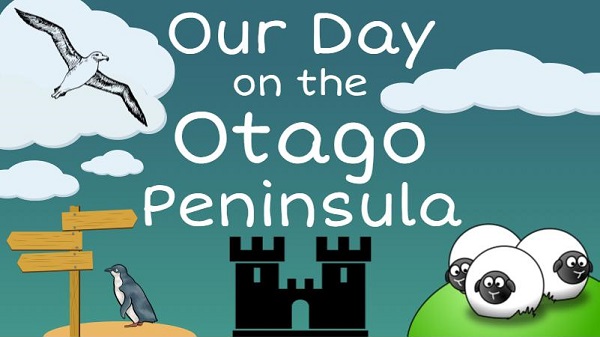


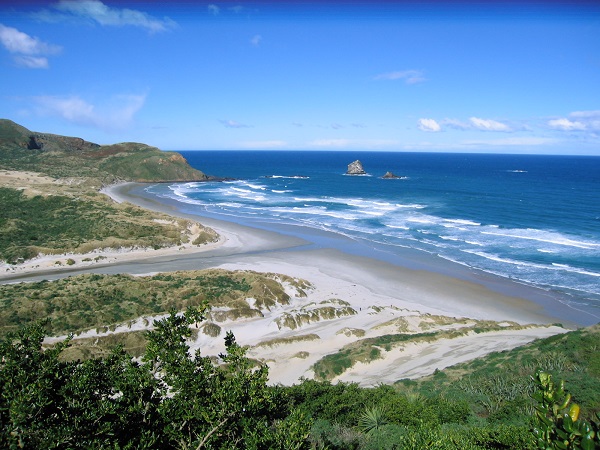
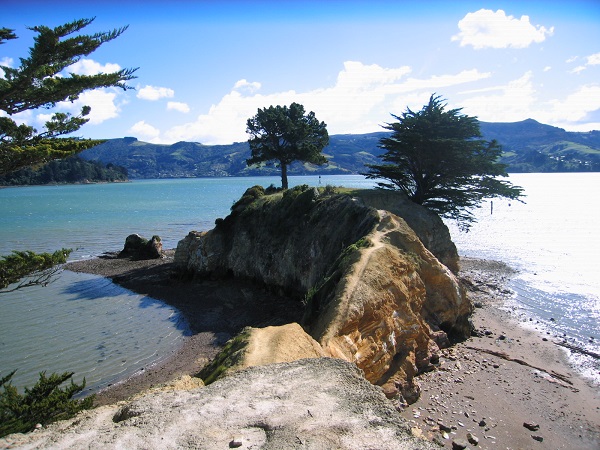
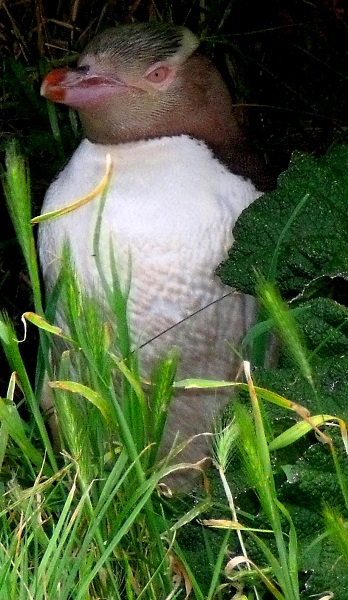



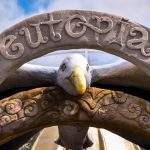
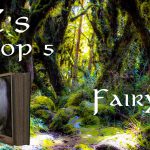
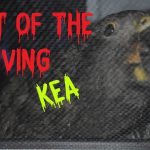
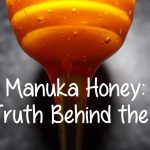
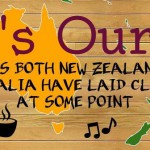
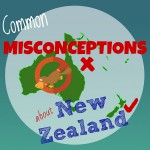
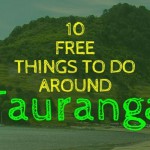
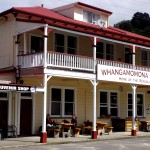
1 Pingback